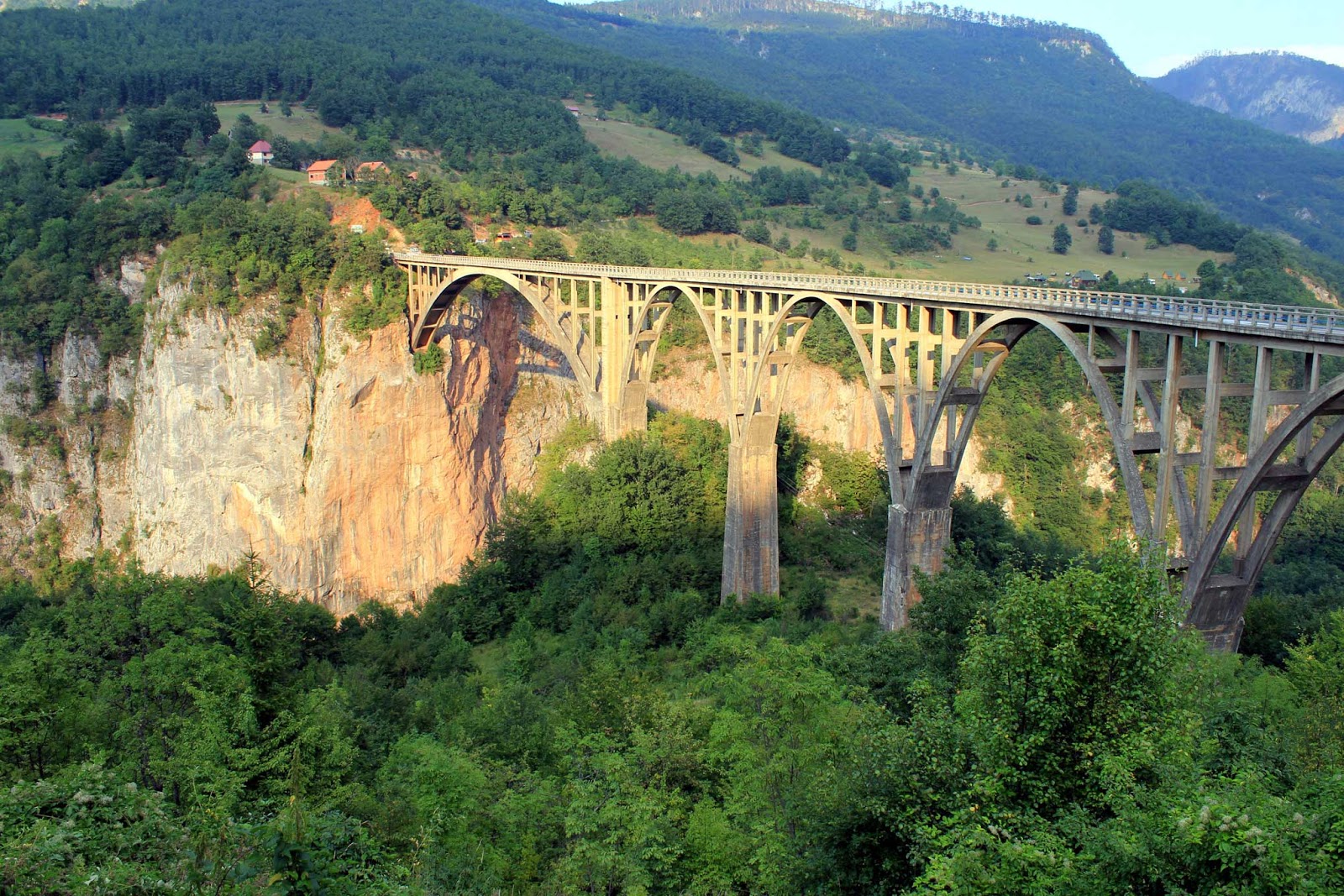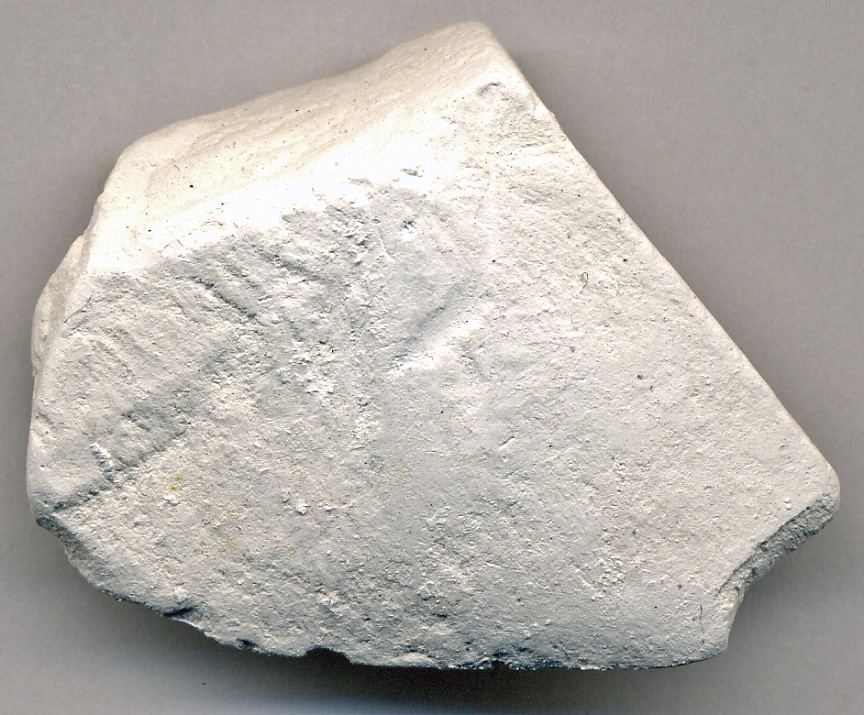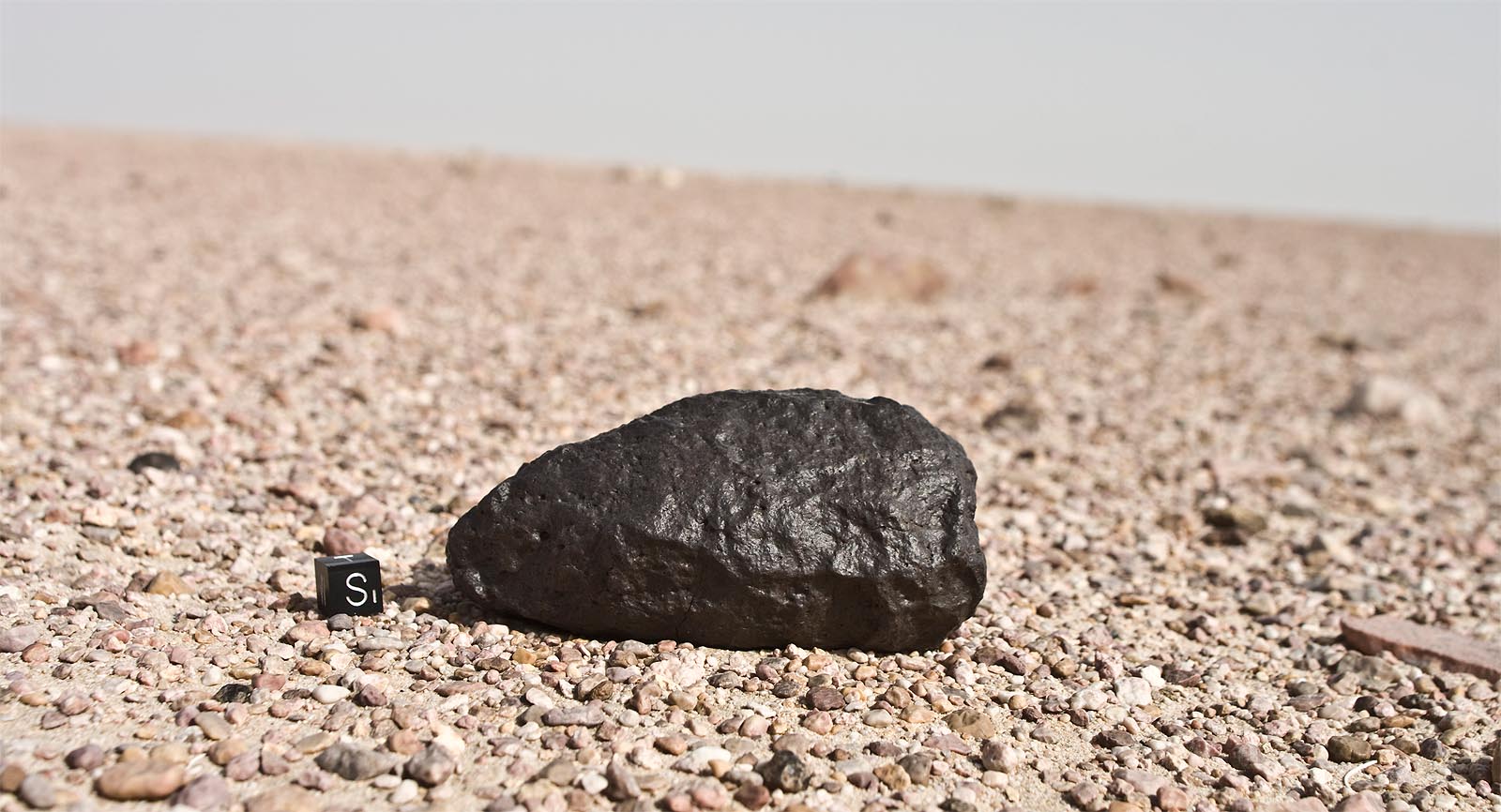Weathering and Erosion
Data: 3.09.2018 / Rating: 4.8 / Views: 535Gallery of Video:
Gallery of Images:
Weathering and Erosion
Weathering and Erosion Definition Weathering and Erosion are the processes that sculpt and mold the surface features of the earth There is a constant conflict between forces that cut down the surface and forces that raise the surface Weathering and erosion are two different, but related, processes. Weathering is the breakdown of materials through physical or chemical actions. Erosion occurs when weathered materials such as soil and rock fragments are carried away by wind, water or ice. Weathering and Erosion Clay Model Project Sixth grade science students are expected to understand how the processes of weathering and erosion can affect the surface of the earth as well as other geographical features. Also, they need to understand the connections between weathering, erosion, and soil formation. This corresponds with GPS S6E5 f, h, i, and j. Weathering is any process which wears down solid structures over time. Generally, it refers to the breakdown of rocks and soil. But, it actually includes a range of processes that shape our world. Is your child trying to answer the question what is weathering and erosion? This info sheet gives good definitions of the terms and some visual examples of landforms, many of which your child can probably see in person in the neighborhood or towards the horizon. Weathering is the alteration and breakdown of rock minerals and rock masses when they are exposed to the atmosphere. Weathering processes occur in situ, that is, in the same place, with no major movement of rock materials involved. Weathering is a fundamental Earth process. Weathering and erosion are geological processes that act together to shape the surface of the Earth. Erosion is displacement of solids (soil, mud, rock and other particles) usually by the agents of currents such as, wind, water, or ice by downward or downslope movement in. Weathering is the natural process that causes rock to break down over time. Erosion is the moving or shifting of those smaller pieces of broken rock by natural forces, such as wind, water or ice. Mechanical Weathering Mechanical weathering is the physical disintegration and reduction in the size of the rocks without changing their chemical composition. Exfoliation Frost Wedging Salt Wedging Temperature Changes Abrasion Mechanical weathering processes disintegrate metamorphic rocks in South Carolinas Piedmont Region. Weathering definition is the action of the weather conditions in altering the color, texture, composition, or form of exposed objects; specifically: the physical disintegration and chemical decomposition of earth materials at or near the earth's surface. Erosion is the process that removes sediment from the place of weathering. Water is also important in erosion, as it is the main agent of erosion. Chemical weathering is when rock is broken down by changing the chemical composition. The picture above shows a statue worn away by acid rain. Acid rain is when the carbon in the Earths atmosphere mixes with the water, and forms a weak acid, which can wear down a rock. Erosion is the process by which natural forces move weathered rock and soil from one place to another. Gravity, running water, glaciers, waves, and wind all cause erosion. The material moved by erosion is sediment. See weathering and erosion photos in the Weathering and Erosion Gallery from National Geographic. Weathering is the breaking down of rocks, soil and their minerals through direct contact with the Earth's atmosphere, waters, or living things. Weathering occurs in situ (in place, with no movement). Erosion is where rocks and minerals are moved. In earth science, erosion is the action of surface processes (such as water flow or wind) that removes soil, rock, or dissolved material from one location on the Earth's crust, and then transports it to another location (not to be confused with weathering which involves no movement). This natural process is caused by the dynamic activity of. Weathering refers to the action of the elements of the changing weather like rain, wind, the raise and down of the temperature, snow and even the fog Erosion (wear, abrasion) can be done by the same elements as weatherig but it refers to (how can I say it! ) In this episode of Crash Course Kids, Sabrina gives us a real world example of how the Hydrosphere and Geosphere affect each other in the form of Weathering and Erosion. Weathering is the process where rock is dissolved, worn away or broken down into smaller and smaller pieces. There are mechanical, chemical and organic weathering processes. Organic weathering happens when plants break up rocks. Often, people confuse the meanings of weathering and erosion. Weathering is the process of decomposing, breaking up, or changing the color of rocks. Erosion, on the other hand, is the movement of the rocks and sediment that have been broken apart by weathering. Weathering is the in situ breakdown of bedrock and erosion is the removal of regolith material. Loose material on the land surface may be transported downslope under gravity, it may be washed by water, blown away by wind, scoured by ice or moved by a combination of these processes. Weathering is the process of decomposing, breaking up, or changing the color of rocks. Weathering may be caused by the action of water, air, chemicals, plants, or animals. Chemical weathering involves chemical changes in the minerals of the rock, or on the surface of the rock. The process of erosion is often broken down into two forms: physical erosion and chemical erosion. They often work together, as well as with other geological processes such as weathering and sedimentation. The students really enjoyed this activity, and it was an engaging demonstration to illustrate that, although weathering and erosion cannot be stopped, it can be slowed a bit. If you want to save some time, you can complete this entire activity by using my. Erosion is distinguished from weathering, which is the decomposition of rock and particles through processes where no movement is involved, although the two processes may be concurrent. Start studying Weathering and Erosion. Learn vocabulary, terms, and more with flashcards, games, and other study tools. Weathering and erosion Modified version of a typical weathering and erosion stations activity in order to emphasize how scientists use initial observations to inform and then test a hypothesis. Powered by Create your own unique website with customizable templates. Weathering and erosion constantly change the rocky landscape of Earth. Weathering wears away exposed surfaces over time. The length of exposure often contributes to how vulnerable a rock is to weathering. Rocks, such as lavas, that are quickly buried beneath other rocks are less vulnerable to weathering and erosion than rocks that are exposed to agents such as wind and water. Erosion Erosion is the movement of soil by water or wind. After weathering turns rocks into smaller pieces or soil, then often erosion takes place and moves the smaller pieces away. Rivers and streams are constantly getting deeper into the crust of the earth. They will continue to slowly move more and more soil and sand downstream. Weathering and erosion slowly chisel, polish, and buff Earth's rock into ever evolving works of artand then wash the remains into the sea. The process that transports rocks, soil and sediments to a different location is called. The sudden downslope of snow, ice and rocks is called. a delta The short answer is that weathering and erosion cause the Earth to be round. Two energy sources generally shape the Earth. (1) The decay of radioactive minerals inside the planet converts nuclear energy into thermal energy that continuously builds weathering is the process by which chemicals in water wear away the surface of the earth by reacting with rocks and minerals. Weathering: The process by which water, wind, and ice. Students are exposed to the concepts of weathering and erosion before flowing into experiments to reveal the nuances of these slow earth changes. Plan your 60minute lesson in Science or erosion with helpful tips from Renee Hoover Mechanical weathering involves physically breaking rocks into fragments without changing the chemical makeup of the minerals within it. It's important to keep in mind that weathering is. Water erosion, wind erosion, ice erosion, soil erosion, coastal erosion, and gravity erosion are the main types of erosion. Examples When the root of a plant grows into a crack, it will create pressure on the surrounding rock. Weathering and Erosion: Chemical weathering causes the bricks to change color and exfoliation from sand rubbing on the monument. Fact: Named after King Phillip II Weathering and Erosion: In the day the snow would melt and at night the water would freeze causing expansion weakening and crumbling some of the material called frost wedging. Weathering and Erosion Key Ideas Weathering is the wearing away of the surface of rock, soil, and minerals into smaller pieces. Erosion is the process of transporting weathered material, and weathering is the actual wearing down of that material. Weathering is an important factor in landslides; heavily weathered landscapes are much more likely to be eroded. Weathering and Erosion Worksheets and Printables Does your child know that weathering and erosion have shaped our world to look like it does today? Give these fascinating weathering worksheets to your child to encourage him to learn about the world and why landforms look like they do. Weathering and erosion are natural geological processes that act on matter on the surface of the earth like rocks and soil, causing them to move and reshape the face of the earth. Weathering is the breaking up of rocks into smaller fragments changing the rocks size and structure. Weathering and Erosion Science Games Show Me The Games! In this series of games, your students will learn about the process of erosion, how it alters the planet, and why it is so powerful. Weathering Erosion Deposition Anchor charts is a useful tool to help students understand how human processes influence spatial patterns. This relates back to the standard Watch video lessons and learn about the different aspects of how weathering and erosion affect the surface of the Earth. These lessons are just a portion of our Earth sciences learning materials. A ppt on the causes and effects of weathering and erosion. This shows a regular river (left) and how it forms a V shape in the Earth. The picture on the right, shows what would happen to a valley if a glacier went through it, and the glacier would erode the sides of the glacier, and leave a U shape in the valley. Weathering, erosion, and deposition shape the topography and soil characteristics of Earths surface. For example, in Texas, these processes have formed a variety of. Weathering is the process where rocks are worn away or broken down into smaller pieces by wind, water or plants etc. Erosion happens when these broken rocks and sediments are picked up moved to
Related Images:
- History detectives s11e02
- The bell witch haunting yify
- Dlc batman origins reloaded
- Titanic 1997 3d
- Rainn wilson super
- Rancidity in oils pdf
- Born in east la
- Speed guitar exercises pdf
- Active dance strip saver
- True detective S01E05 NL sub
- Terragen 4 Professional
- The Three Musketeers 2011 hin
- Hatfields and mccoys 2018
- Let us join
- Office 2018 activator
- The complete adventures of feluda vol 1 epub
- Encyclopaedia Britannica
- Osterbrock turnier
- App mac os x
- The wolverine 1
- The originals s01e01 720p
- Americas next top model s15e1
- Baldurs gate 2 shadow
- The Prestige
- Double dose 2018
- Win 8 esp
- Fast car by tracy chapman
- Legacy the greatest hit
- Shadow of a soul
- 1 the lion king
- Download pdf word power made easy
- Zz top germany
- Kodak Preps
- Un conte de noel
- Doraemon New Nobitas Great
- How to train your dragon 2 dual audio
- Maroon 5 wont go home
- Sexy game full
- My Afternoons with Margueritte
- Nora roberts volbloed vuur
- Law and order svu s11e12
- Strap Attack 14
- Mastercam mach3 post processor
- Q Desire
- Young jeezy the recession
- 10th july movie
- Fable of Dwarfs
- Rob zombie icon
- Like dandelion dust 720
- Cite Evidence 9 Grade Lesson Plan
- Two and a half season 10
- Sri Venkateswara Sahasra Namavali In Telugu Pdf
- Game of Thrones Sex Nudity
- Whatsapp Hacker For Android
- Twist Me Complete Anna Zaires
- Planet earth complete series 2018
- Mortal kombat komplete kaos
- Pdf Libros Infantiles Ilustrados
- Armin van Buuren A State of Trance 685
- Battle los angeles the
- Fairy tail 21
- Simulink transformer modelling
- Hatha yoga para iniciantes em portugues
- Super dragon ball z
- Forbidden fruit 2018
- Desperate measures 2018
- Farberware pasta pro manual
- Bbc tiger house
- Desire mirror mirror
- Pratipaksha
- Two and a half men s01e10
- Focus on IAM Identity and Access Management
- Historia del folclor colombiano wikipedia
- North America Map DVD
- Olly murs dance with me
- Mommy got boobs victoria valentino
- George lopez complete
- Zd Soft Screen Recorder
- Mike oldfield live at montreux
- Street Child
- 96 Chevy S10 Truck Repair Manuals
- WWE greatest wrestling factions
- Play It Again Dick
- Canon Eos 1100d Manual Focus Tips
- Exercicios de arpejos para guitarra guitar pro











